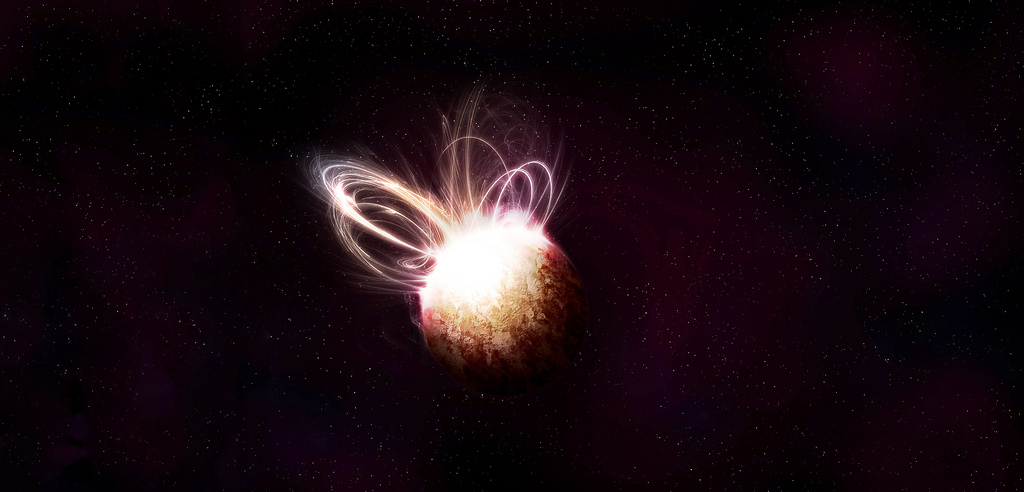
And below about 2.2 kelvins, where helium becomes a frictionless “superfluid,” they saw a line nearly as sharp as the tightest they had seen in helium gas. As the researchers lowered the helium bath to icier temperatures, the spectral smudge narrowed. Where the spectral lines of most atoms would have gone completely haywire in the increasingly dense fluid, widening perhaps a million times, the Frankenstein atoms did the opposite. “People were not convinced it was worth it to waste antiprotons on it.” “It was a random idea from my side,” said Sótér, now a professor at the Swiss Federal Institute of Technology Zurich. She convinced the collaboration to spend precious antimatter repeating the measurements inside increasingly chilly helium baths. The project was designed to see if spectroscopy in a helium bath was possible at all - a proof of concept for future experiments that would use even more exotic hybrid atoms.īut Sótér was curious about how the hybrid atoms would react to different temperatures of helium. The result was a small cohort of “antiprotonic helium” atoms.

Antiprotons are the negatively charged twins of protons, so an antiproton could occasionally take an electron’s place orbiting a helium nucleus. The group would assemble hybrid matter-antimatter atoms by firing antiprotons into liquid helium.

In 2013, Sótér was working at the CERN laboratory on an antimatter experiment. That’s why a hobby project of Anna Sótér, at the time a graduate student of Hori’s, initially seemed counterintuitive.

For instance, they might employ thinner gases where atomic collisions will be rarer - and energy levels will stay more pristine. Spectroscopy practitioners like Hori spend their careers fighting this “broadening” of spectral lines. The cohort’s crisp intrinsic colors get lost in rainbowlike smears. Shine a laser at the distorted particles and each atom will respond idiosyncratically. The constant jostling deforms the atoms, messing with their electrons - and therefore the host atom’s energy levels. Atoms careen about, crashing into neighboring atoms in chaotic ways. An atom’s “spectral lines” reveal natural constants, such as the electron’s charge or how much lighter the electron is than the proton, with extreme precision.īut ours is a flawed world. In an ideal world, experimentalists would see every single hydrogen atom, say, shining with the same sharp hues. “This is, if you want, the color of the atom,” said Masaki Hori, a physicist at the Max Planck Institute of Quantum Optics who uses spectroscopy to study antimatter. When it returns to its previous energy level, the electron emits light of a particular wavelength. A laser beam with just the right energy, for instance, can briefly push an electron to a higher energy level. One way to gauge the properties of atoms and their components is to tickle them with a laser and see what happens, a technique called laser spectroscopy. “Their community will find more exciting possibilities to trap exotic things.” Chill Antiprotons He anticipates that the result will lead to a new way to capture and scrutinize elusive forms of matter. “It’s very exciting,” said Mikhail Lemeshko, an atomic physicist at the Institute of Science and Technology Austria who was not involved with the research.


 0 kommentar(er)
0 kommentar(er)
